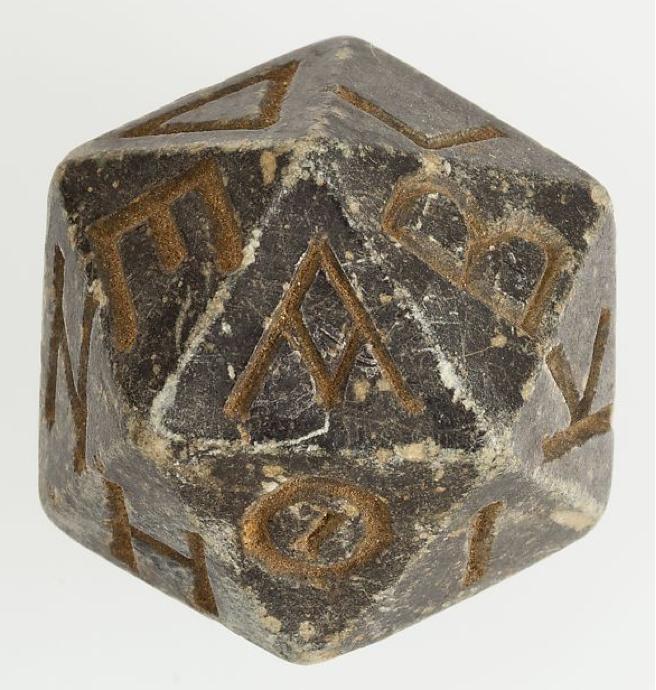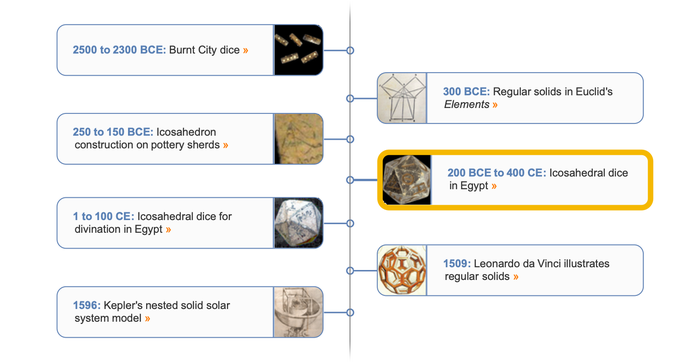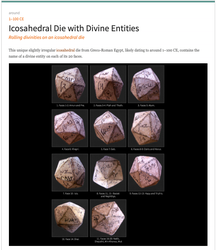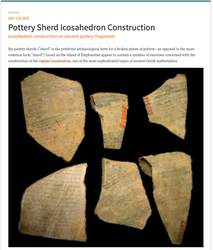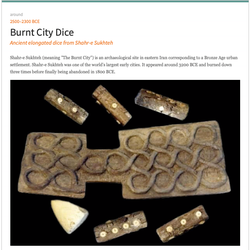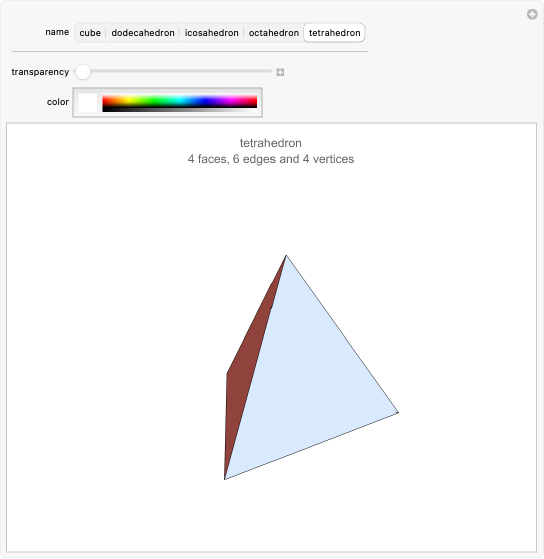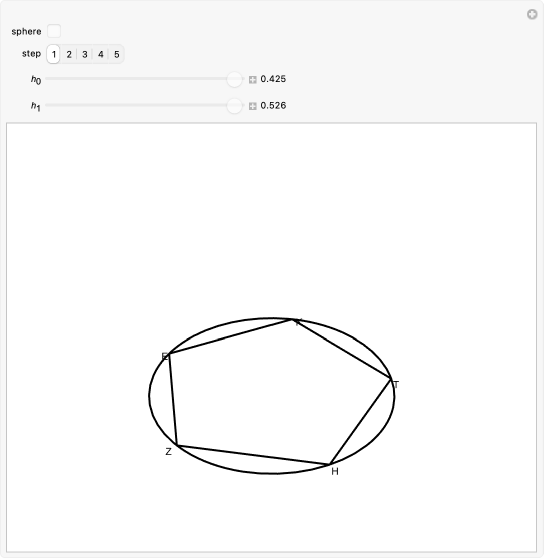around 200 BCE–400 CE
Serpentinite Icosahedral Die
Ancient Egyptian 20-sided die
This 20-sided die with very precisely cut regular triangular faces dates to around 200 BCE–400 CE and is one of several known examples of ancient icosahedral dice bearing numerals on their faces.

Polyhedral dice made in various materials have survived from the Hellenistic and Roman periods from ancient Egypt. Most have faces labeled with the numbers 1 to 20 written either in Greek or Roman numerals. While the specific use of these dice is not known, it has been suggested they were used for games.
